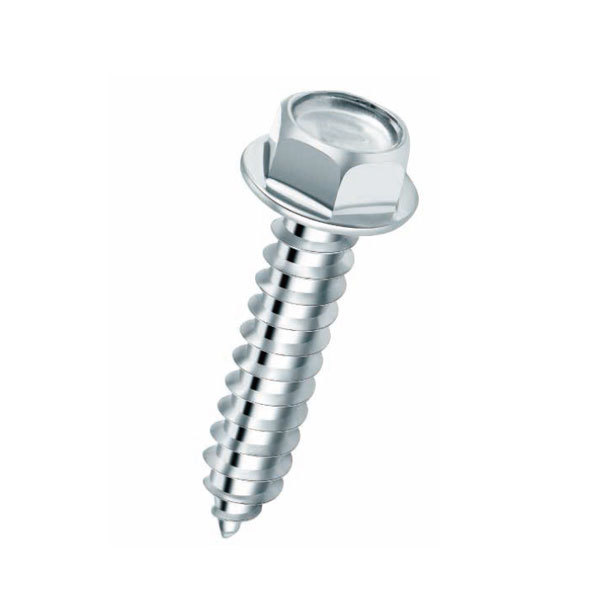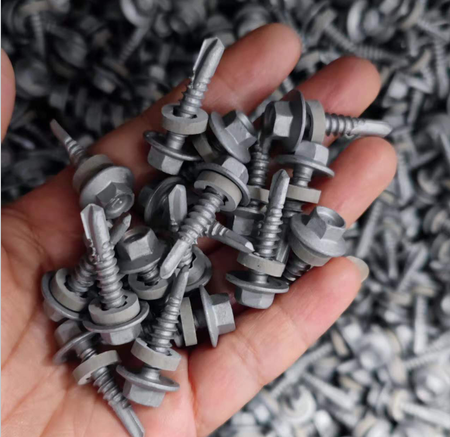2월 . 16, 2025 07:51
Back to list
din125 plain washer flat washer
Choosing the right washer for your assembly is crucial in ensuring the longevity and reliability of mechanical connections. Two commonly used washers are the flat washer and the spring washer, each serving distinct functions in a variety of applications. Understanding their roles, benefits, and optimal use cases can significantly enhance the performance of your assembly projects.
Material selection also plays a pivotal role in the performance of both flat and spring washers. High-carbon steel provides excellent strength for both types, but when corrosion resistance is needed, opting for stainless steel or coated variants can extend the lifespan of the fasteners. For non-metallic applications, nylon flat washers offer non-conductive properties, enhancing safety in electrical installations. To make informed decisions, understanding the engineering aspects behind each washer type can leverage expertise in optimizing mechanical assemblies. Flat washers, due to their simplicity, are straightforward but should be chosen with thickness and diameter in mind to ensure compatibility and effectiveness. Meanwhile, selecting the right spring washer involves considering the spring tension required, which is influenced by the gauge and coil design of the washer. Incorporating this knowledge enhances the authoritative approach to selecting washers, building trust in your mechanical assemblies' reliability and performance. Maintenance considerations also inform washer selection, as easily accessible and replaceable components can simplify long-term upkeep, reducing downtime and costs associated with assembly disassembly. In conclusion, the choice between flat washers and spring washers—or the decision to combine both—should be informed by the specific mechanical requirements of your application. Mastering their use not only reduces the risk of equipment failure but also enhances the efficiency and safety of machinery. With a nuanced understanding of these essential components, one can optimize their use across a multitude of settings, boosting the credibility of your engineering expertise and establishing trust in the durability and reliability of your projects.


Material selection also plays a pivotal role in the performance of both flat and spring washers. High-carbon steel provides excellent strength for both types, but when corrosion resistance is needed, opting for stainless steel or coated variants can extend the lifespan of the fasteners. For non-metallic applications, nylon flat washers offer non-conductive properties, enhancing safety in electrical installations. To make informed decisions, understanding the engineering aspects behind each washer type can leverage expertise in optimizing mechanical assemblies. Flat washers, due to their simplicity, are straightforward but should be chosen with thickness and diameter in mind to ensure compatibility and effectiveness. Meanwhile, selecting the right spring washer involves considering the spring tension required, which is influenced by the gauge and coil design of the washer. Incorporating this knowledge enhances the authoritative approach to selecting washers, building trust in your mechanical assemblies' reliability and performance. Maintenance considerations also inform washer selection, as easily accessible and replaceable components can simplify long-term upkeep, reducing downtime and costs associated with assembly disassembly. In conclusion, the choice between flat washers and spring washers—or the decision to combine both—should be informed by the specific mechanical requirements of your application. Mastering their use not only reduces the risk of equipment failure but also enhances the efficiency and safety of machinery. With a nuanced understanding of these essential components, one can optimize their use across a multitude of settings, boosting the credibility of your engineering expertise and establishing trust in the durability and reliability of your projects.
Latest news
-
Top Choices for Plasterboard FixingNewsDec.26,2024
-
The Versatility of Specialty WashersNewsDec.26,2024
-
Secure Your ProjectsNewsDec.26,2024
-
Essential Screws for Chipboard Flooring ProjectsNewsDec.26,2024
-
Choosing the Right Drywall ScrewsNewsDec.26,2024
-
Black Phosphate Screws for Superior PerformanceNewsDec.26,2024
-
The Versatile Choice of Nylon Flat Washers for Your NeedsNewsDec.18,2024
Related News










